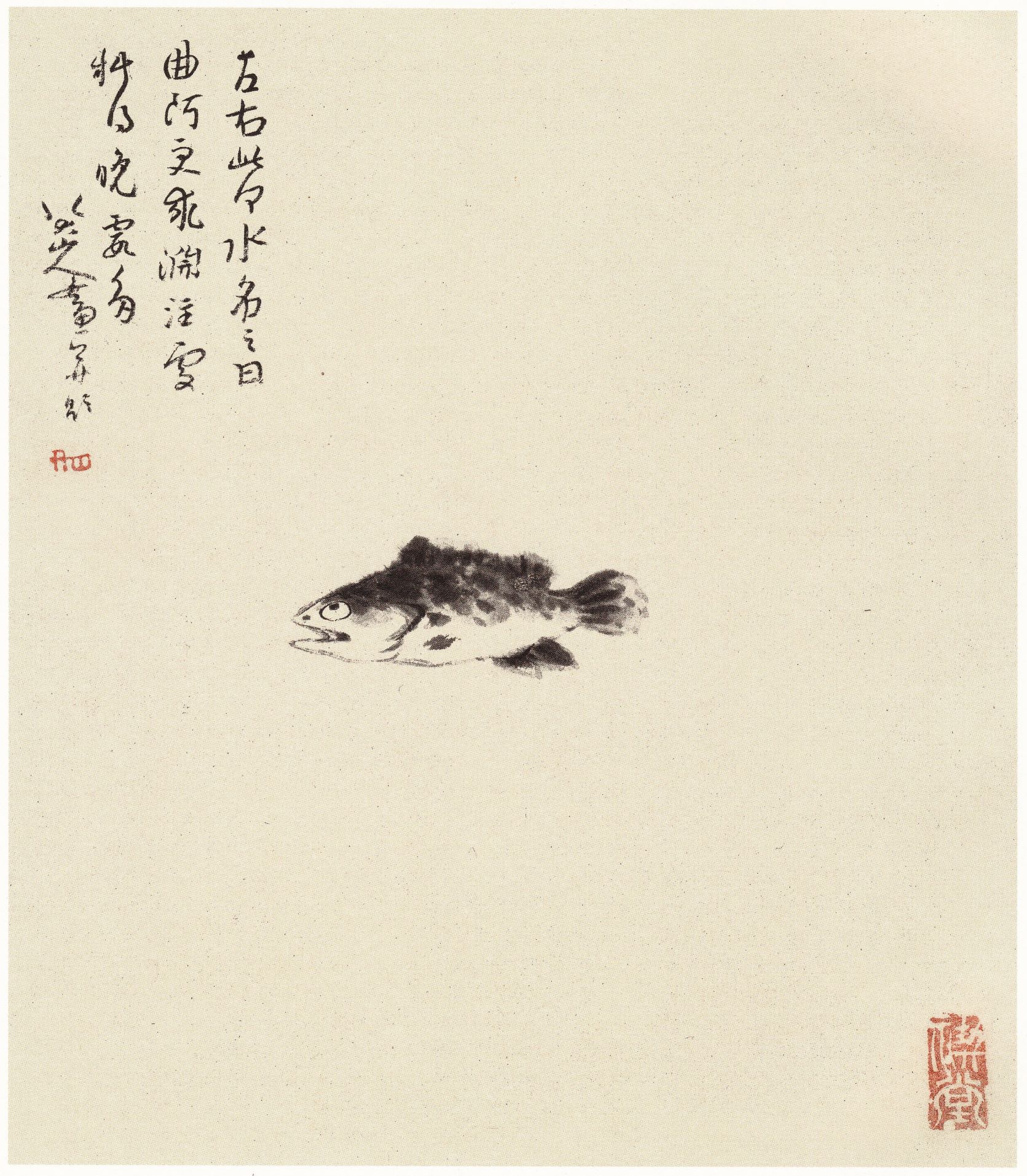Man riding a horse (Zhao Mengfu 1254 -1322) is covered by collectors' seals
‘Seals are blocks of usually soft stone with text - the user’s name or studio name or a motto – carved in archaic characters (seal script) into one flattened end, either in relief or intaglio. The seal stone is patted on a fibrous pad inked with vermilion pigment in an oil base, then impressed onto the surface of the painting. ’
The earliest use of seals dates back to the Spring and Autumn period (770-256 BC), when they were commonly used to authenticate documents or goods. Over the centuries, seals have evolved into an independent art form, and in 2009 the art of Chinese seal carving was inscribed on the Representative List of the Intangible Cultural Heritage of Humanity.
From the late Northern Song dynasty (960-1127), seals became an integral part of Chinese painting. The role of seals in a Chinese painting is more important than a mere signature of a painter or a collector. Seals in Chinese paintings are carefully applied after much deliberation and serve to accentuate, balance and complete the painting.
Imagine below painting from Badashanren without the red seals or with the seals in different places in the painting. The effect would be quite different.

Reference list:
Yang Xin, Richard M. Barnhart, Nie Chongzheng, James Cahill, Lang Shaojun and Wu Hung Three thousand years of Chinese painting 1997 Yale university and Foreign language press
The Seal Engravers’ Society of Xiling, Zhejiang, China 西泠印社

